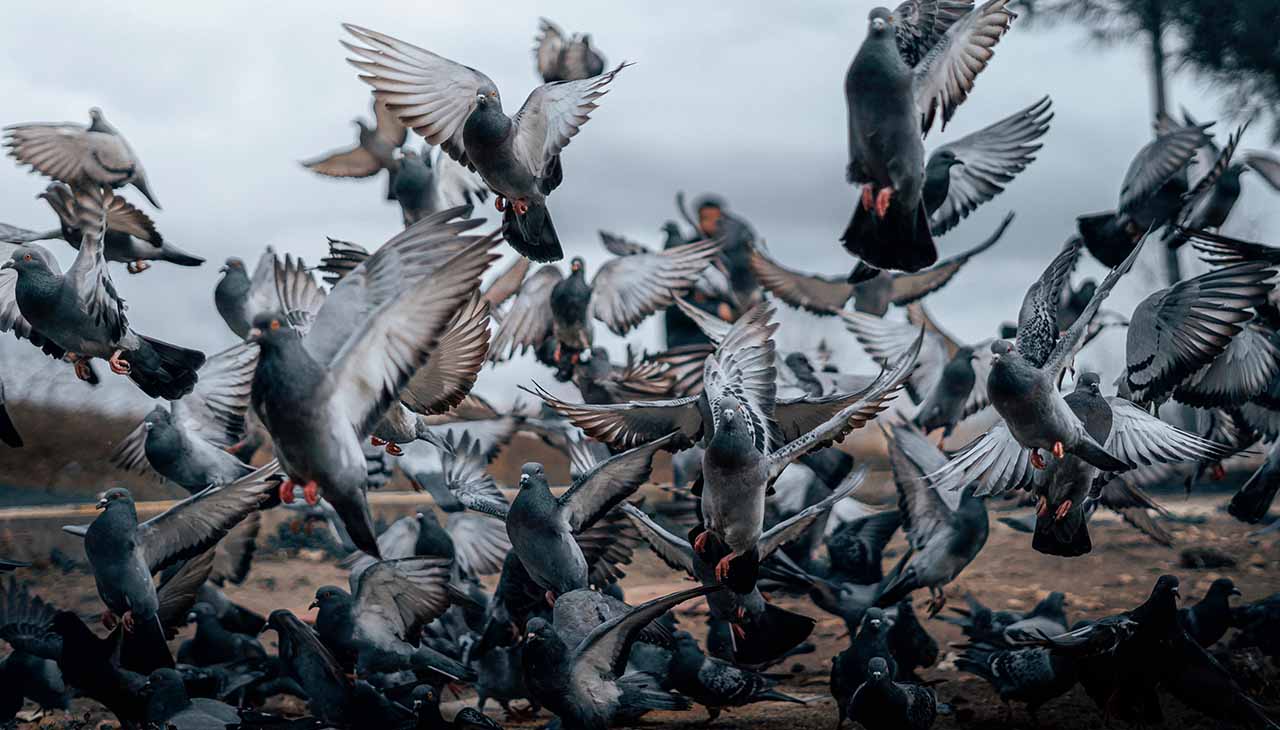Dove hunting is a popular sport that requires precision, patience, and the right strategy. One of the most effective tactics in a dove hunter’s arsenal is the use of dove decoys. These cleverly designed replicas can significantly increase your chances of luring in doves, adding excitement and efficiency to your hunting experience. Here, we delve into five ingenious techniques for using dove decoys to enhance your hunting experience.
Fence Perching
Fence perching is a method that capitalizes on the dove’s natural habit of resting on fence lines. Arrange your decoys along the fence line, ensuring there’s sufficient space between each decoy to mimic the patterns seen in nature. It’s best to place them facing different directions to create an illusion of a flock scanning the surroundings for danger. This setup can make incoming doves feel safe, as they assume that other birds are already comfortably feeding in the area. Remember the key is to make the scene look as natural as possible to attract more birds.
Ground Placement
Just like fence perching, ground placement works by mimicking the natural behavior of doves. Doves often feed on the ground, picking up seeds and grains left behind by agricultural activities. To use this method, place your dove decoys randomly on the ground in an open field, preferably near some food source. This will create an image of doves comfortably feeding, encouraging others to join in. To bolster the effectiveness, mix in some motion decoys to replicate feeding movements, adding an extra layer of realism to the setup. Remember, the aim is to create a scenario where incoming doves feel the area is safe and abundant in food.
Motion Decoys
Motion decoys add an effective dynamic element to your dove-hunting strategy. These decoys are designed with moving parts, such as wings, that mimic the movement of real birds. Place motion decoys in visible areas where they can catch the wind, like on fence posts or tree branches. The flapping wings will catch the eye of passing doves and give the impression of birds in motion, which can entice more doves to join what they perceive to be a safe, active feeding site. Some motion decoys even emit dove calls, adding auditory appeal to the visual allure. Keep in mind, however, that overuse of motion decoys can create an unnatural scene and scare off doves. Use them judiciously, in combination with static decoys, for the most natural and appealing setting.
Tree Mounting
Tree mounting is another approach that takes advantage of doves’ natural habits. Doves often perch on trees, especially in the hours around dawn and dusk. Position your decoys on tree branches to simulate doves resting or watching for danger. This can create a sense of security for incoming doves, enticing them to land nearby. If possible, place a few decoys higher up to mimic a lookout, as doves often send one of their numbers to a higher location to keep watch while the rest feed. This can further instill confidence in incoming doves that the area is safe. But remember, as with other methods, the placement of decoys should not be too concentrated or uniform, as this can appear unnatural and scare away wary doves.
Water Hole Setup
Just as with many species, water is a strong attractant for doves. A water hole setup involves placing your decoys around a water source, such as a pond or a birdbath, creating an illusion of doves drinking or bathing. This method can be particularly effective in hotter climates or during drought conditions when water sources are scarce. Arrange your decoys at the edge of the water, facing different directions to mimic natural behavior. Some can even be placed in the water to simulate doves bathing. Remember, the goal is to create an inviting, natural-looking scene. Be aware, however, of any hunting regulations regarding proximity to water sources. Always ensure you are in compliance with local laws and respect the environment.
Conclusion
In conclusion, leveraging the power of dove decoys can greatly improve your hunting success by attracting more doves to your area. Whether you’re using fence perching, ground placement, motion decoys, tree mounting, or a water hole setup, the key is to carefully observe and mimic the natural behavior of doves to create a convincing, safe, and enticing environment. Remember, always follow local hunting regulations, and respect the environment and the animals you’re pursuing. With the right strategy and a bit of patience, dove hunting can be a rewarding experience filled with excitement and accomplishment. Happy hunting!

